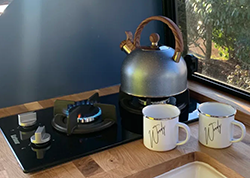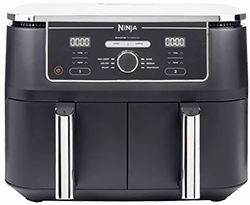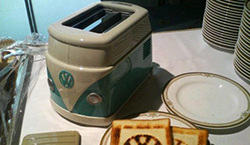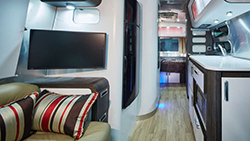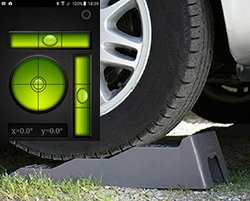
The Gadget Shop
Gadgets
Throughout the years, I've cultivated a delightful collection of travel gadgets that have significantly enhanced my journeys. Interestingly, these handy companions have not only elevated my own adventures but have also proven to be incredibly beneficial to fellow travelers who discovered their value. If you're curious to explore some of these ingenious travel aids the click button below
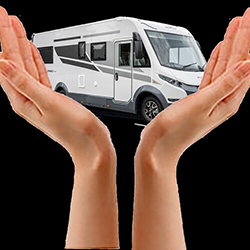
Kitchen
Cutlery (Stop that rattle)
If you discover that you can hear those knives, forks, and spoons rattling about as you drive, give these little tricks a try.
- Wrap a napkin around each place setting, creating individual packages prepared for dinner later.
- Placing one or two tea towels snugly over the top of your cutlery drawer will minimize any rattling noises.
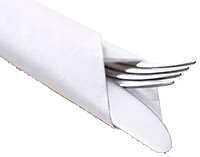
Plates (No more chatter)
If you find those plates annoying, give this a try.
- Placing paper plates between your dishes will prevent this issue.
- A single sheet of kitchen towel will help keep it under control.
- Perhaps consider investing in felt plate separators.
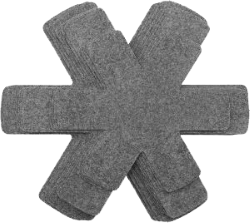
Glasses (stop them breaking)
Glasses can not only rattle but also risk breaking.
- Avoid stacking too many glasses, but if you must, consider using a plastic band around them to prevent the glass from coming into contact with each other.
- Consider using plastic drinkware; some of the newer plastic alternatives closely resemble the look and feel of glass.
- Placing a food storage bag between each cup will not only protect them but also provide a useful option if needed.
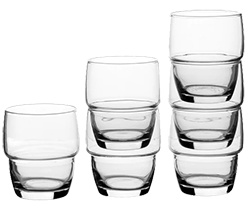
Draw (Noise Reducer)
- Drawer liners not only reduce much of the noise but also offer protection for your the stuff inside.
- In many motorhomes, there are buttons designed to secure the drawers while traveling. It's important to regularly adjust and keep them tight. Additionally, consider placing small rubber feet, approximately 5mm in diameter, between the drawer and the unit to provide a buffer
- Using a tea towel to wedge the door can help prevent movement, but be cautious not to make it too tight, as this could lead to it becoming too loose or even causing a jam.
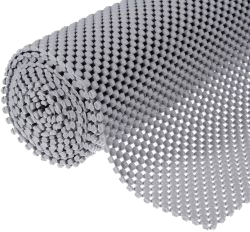
Organized is always best
- Always designate a specific place for everything; not only will this aid in finding items quickly, but it will also enable you to optimize your storage space to near-military standards, utilizing every available inch effectively.
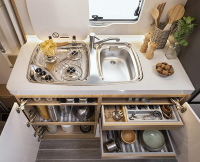
Storage Boxes / Containers - your best friend
- Utilizing storage containers is a fantastic idea. With a multitude of options available, it's important to carefully consider their purpose, required sizes, and placement before purchasing. Avoid filling a cupboard with numerous small boxes containing very little, or using shoebox-sized containers for a small portion of rice. In general, square containers tend to work better in cupboards, offering greater volume and flexibility compared to round ones.
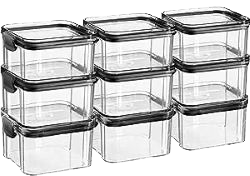
Cooker (tricks to help bring out the chef in you)
Heat:
The cookers in motorhomes tend not to get as hot as your cooker at home, so give your cooking about 10% extra time.
Plan Simple Meals:
Keep your meals simple and easy to prepare. One-pot dishes, stir-fries, and grilled items are great options. Preparing ingredients in advance can save time.
Use Compact Cookware:
Invest in compact and stackable cookware to save space. Look for pots, pans, and utensils designed for Motorhomes or small kitchens.
When traveling:
Put some of that foam pipe lagging on the ends of the cooking shelves, this will avoid them rattling when you travel.
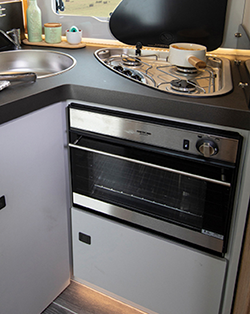
Kitchen Cupbards
When arranging items in your motorhome cupboards, prioritize placing the lightest objects at higher levels. However, exercise caution to ensure that nothing shifts during travel and later falls out, potentially causing harm or damage.


